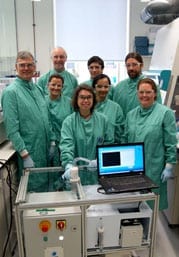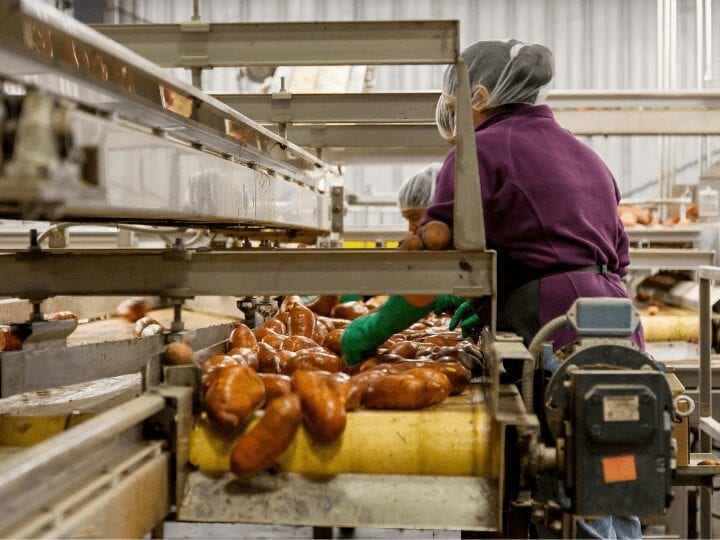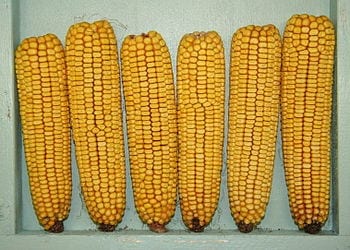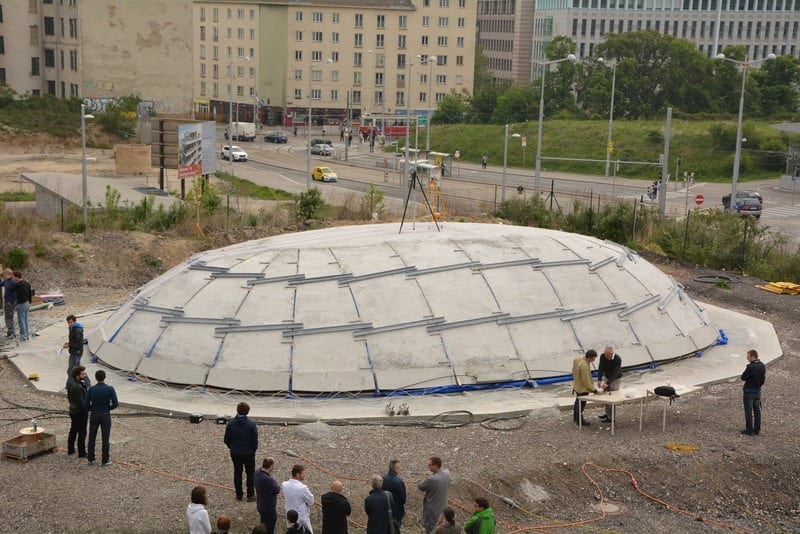A new device designed to sample and detect foodborne bacteria is being trialled by scientists at the University of Southampton.
The Biolisme project is using research from the University to develop a sensor capable of collecting and detecting Listeria monocytogenes on food industry surfaces, thereby preventing contaminated products from entering the market.
Listeria monocytogenes is a pathogen that causes listeriosis, an infection with symptoms of fever, vomiting and diarrhoea, that can spread to other parts of the body and lead to more serious complications, like meningitis.
Transmitted by ready-to-eat foods, such as milk, cheese, vegetables, raw and smoked fish, meat and cold cuts, Listeria monocytogenes has the highest hospitalisation (92 per cent) and death (18 per cent) rate among all foodborne pathogens. Listeriosis mainly affects pregnant women, new-born children, the elderly and people with weakened immune systems.
Current techniques to detect the bacteria take days of testing in labs, but the new device aims to collect and detect the pathogen on location within three to four hours. This early and rapid detection can avoid the cross contamination of ready-to-eat food products.
Read more . . .
The Latest on: Listeria
[google_news title=”” keyword=”Listeria” num_posts=”10″ blurb_length=”0″ show_thumb=”left”]
via Google News
The Latest on: Listeria
- ‘Shocking’ proposals to EU Listeria regs revealedon April 30, 2024 at 2:25 am
After fearful speculation over what the proposed changes to Regulation (EC) 2073/2005 would hold, the draft has landed and a consultation is now underway.
- T&T meat and vegetable products recalled due to Listeria concernson April 29, 2024 at 4:26 pm
Several meat and vegetable products sold at T&T are being recalled in Canada due to possible Listeria contamination.
- Listeria fears spur recall of T&T meat and vegetable productson April 29, 2024 at 8:40 am
Several meat and vegetable products from three companies are being recalled in Canada due to concerns over listeria contamination.
- FDA Announces Major Cheese Recall due to Potentially Deadly Bacteriaon April 29, 2024 at 8:24 am
A queso cheese product is being recalled and it comes with a dire warning, the FDA announced. The product was contaminated with a potentially deadly bacterium and people are urged not to eat it.
- BC food products recalled for possible Listeria contaminationon April 29, 2024 at 5:45 am
Federal authorities have issued a recall warning for a series of food products distributed in British Columbia due to possible Listeria contamination.
- Recalls down but still more than 2,000 in France for 2023on April 28, 2024 at 9:00 pm
More than 2,000 consumer product recalls were issued in France in 2023, according to official figures. Data from RappelConso shows 2,023 recalls in 2023 ...
- Soft white cheese recalled after testing finds Listeria contaminationon April 28, 2024 at 9:00 pm
Tama Corporation of Doral, FL is recalling 24-ounce containers of "Queso de Mano PAISA" because of contamination with Listeria monocytogenes. The company ...
- Cheese has been recalled by a Miami area company after listeria contamination was foundon April 28, 2024 at 8:35 am
The Doral company that distributes Paisa USA products recalled Queso de Mano Paisa after testing found listeria in one lot of the Venezuelan cheese. If there’s good news, it’s in the limited ...
- Juewei brand meat and vegetable products recalled due to Listeria monocytogeneson April 28, 2024 at 12:59 am
View original content: http://www.newswire.ca/en/releases/archive/April2024/28/c4203.html A month after a higher state minimum wage for fast-food workers went into ...
- Cheese Recall as Dire Warning Issuedon April 27, 2024 at 3:32 am
Batches of queso cheese distributed to Rancho Market stores in Utah have been found to contain a dangerous bacterium, the FDA has announced.
via Bing News











